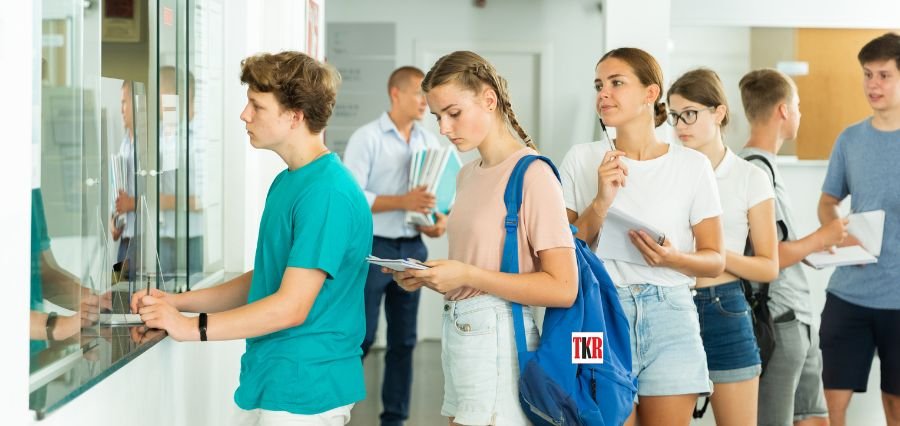Prime Highlights
- Illinois introduces a Direct Admission Program to automatically accept qualified high school and community college students.
- The program is intended to eliminate entrance barriers from public universities and retain students in-state.
Key Facts
- Functions for nine public universities and community college transfer students with 30+ credits.
- Program takes effect 2027–28 academic year, with data collection beginning July 2026.
Key Background
Illinois will revolutionize college admissions with a Direct Admission Program that automatically accepts high school and community college students who meet specific academic criteria. The June 2025 enacted law requires nine participating public institutions to accept students based on GPA criteria set annually. Students at the community college with at least 30 transferable credits will also be targeted with a seamless entry into higher education without the pressure of going through the normal application processes.
The action is part of a wide-ranging effort to keep students who are homegrown and stem declining enrollment at state schools. Governor J.B. Pritzker hailed the bill as a “commonsense solution” for bridging college access gaps. The bill sponsors in the legislature highlighted the value of simplifying admissions, particularly for low-income or underrepresented students. By waiving application fees and offering direct admissions, the program reduces major psychological and financial obstacles.
Direct Admission Program is part of an national initiative. Utah, Texas, and Minnesota have already adopted such measures. Initial reports on their success have been positive with higher application volumes and intake rates among first-generation students. Simplifying the process of admissions has been seen to ignite students who otherwise may not have considered college to make that pivotal decision.
But officials are warning that if direct admission is not accompanied by solid financial aid support and counseling services, it will simply allow students to get in more easily, but not be able to afford the bill or to navigate the system. Illinois aims to solve this by giving outreach programs and student privacy protections to establish trust and open communication.
By providing a less expensive route to college, Illinois is seeking to build its public university system, promote student success, and improve the state’s workforce in the coming years.








